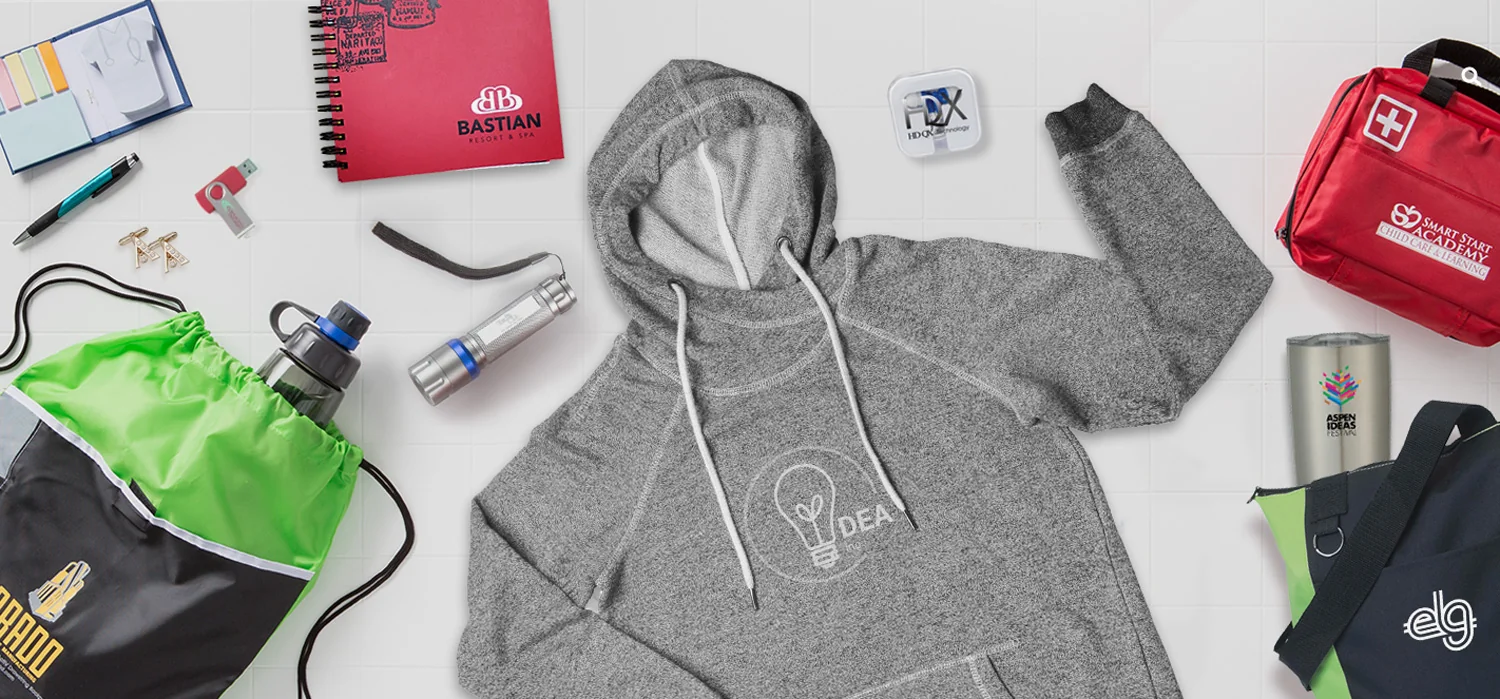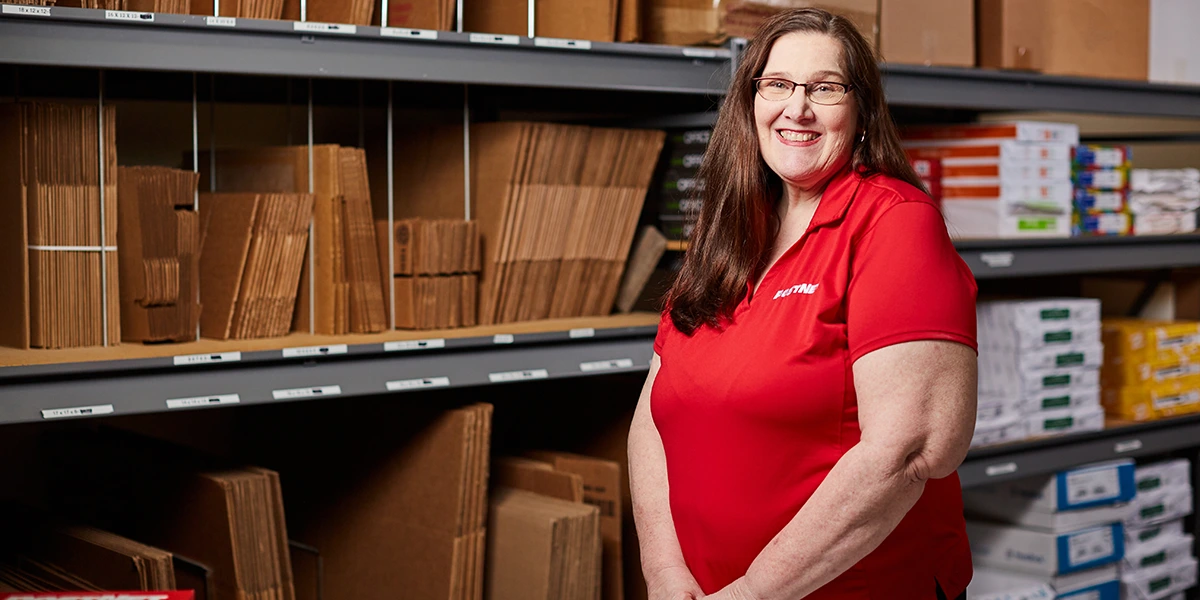

Brochures are the ideal marketing tool when you need to communicate more than just a simple message, a single offer, or a brief announcement. Because of their larger size and strategic design, brochures offer ample space for content, including charts, photos, and longer messages.
Follow these steps to create an eye-catching brochure that will effectively capture attention and educate your audience.
Your brochure’s design is important for making sure all the information is laid out in a clear, professional, and aesthetically pleasing way.
How you fold your paper will determine how you’ll lay out your content. Even more than that, brochure folds help the reader navigate information easily. You want to make sure each message is in the right place so that the flow of information makes sense.
There are three main types of brochure folds:
With your fold style selected, it’s time to add your content to the panels. Break the sections up to ensure the flow of information makes sense.
Here are a few suggestions on what to include in your brochure:
Remember: even though brochures have space for a lot of copy, it will not be enjoyable to read if it’s just a wall of text. Insert charts, images, callout boxes and bullet points to break it up. Make sure everything is clear and readable — you don’t want it to be too busy!
Additionally, make sure all your visuals are on brand! Design the brochure so it uses branded elements, including your business’s color scheme, fonts, imagery, and logo.
Designing your first brochure can be challenging. For the best results, work with a professional print shop for custom graphic design. A designer can provide suggestions on the right fold type for your goals and content. They’ll take your logo, design preferences, and information to produce a polished and professional brochure.
A well-designed brochure needs great print quality to really make a statement!
There are many paper options that can help you achieve the desired look for your brochure. First and foremost, you’ll need to decide on the paper weight. Brochures can be printed on thin paper, but this can seem flimsy and unprofessional. Upgrading to a thicker cardstock can make a simple brochure feel like a premium offering. You don’t want the paper to be too thick, though. Heavy paper weights are harder to fold, which can cause the edges to crack.
Paper coatings are also important. Most brochure paper options come with a glossy coating to help your images pop. Adding spot gloss or select foil accents can draw attention to specific elements of your brochure and make them stand out even more.
Paper size is another important consideration. The most common brochure paper sizes are standard Letter, Legal and Tabloid. However, 11” x 25.5”, 9” x 8”, and 9” x 16” are also popular.
Carefully consider your preferred folding style when selecting your paper. You can practice folding a simple piece of paper in your desired size to get a sense of how big the printed areas will be once it’s folded. Your graphic designer can also help you choose the right size to fit all the content you plan to include.
A local business that offers professional printing services will be able to give expert advice on printing brochures. They can provide samples to help you understand the look and feel of each paper option, and help you decide which is right for your project. A print shop near you will also make sure everything prints correctly, such as your colors, foiling, and any other premium accents.
For one-stop service for professional brochures, visit PostNet! We offer brochure design and printing services that will deliver the highest-quality outcome.


